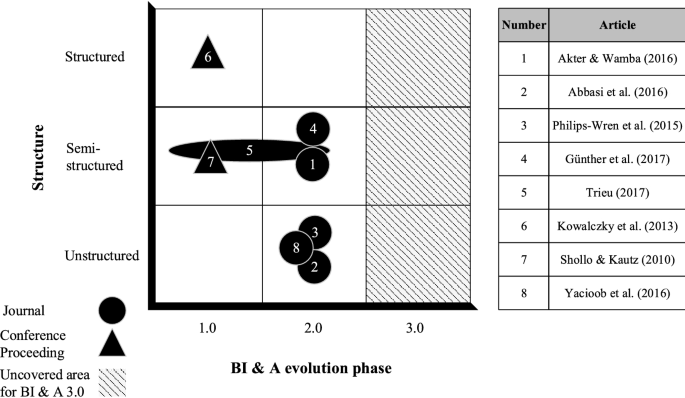

They need to know: Who has used this data in the past? How did they use it? How should I use it… if I’m allowed to use it at all?ĭata intelligence has thus evolved to answer these questions, and today supports a range of use cases. The earliest DI use cases leveraged metadata - EG, popularity rankings reflecting the most used data - to surface assets most useful to others. This problem was only exacerbated by explosive growth in data collection and volume. For years, analysts in enterprises had struggled to find the data they needed to build reports. Data Intelligence: Origin, Evolution, Use Casesĭata intelligence first emerged to support search & discovery, largely in service of analyst productivity. It asks much larger questions, which flesh out an organization’s relationship with data: Why do we have data? Why keep data at all? Answering these questions can improve operational efficiencies and inform a number of data intelligence use cases, which include data governance, self-service analytics, and more. Yet data intelligence is more than a system for judging a single asset alone. By synthesizing multiple perspectives into a shared ‘bird’s-eye view’ it illuminates the system: the elephant in its entirety. Similarly, data intelligence offers a ‘big picture’ view of a given system that’s too vast to grasp for any one individual. In the fable, The Blind Men and the Elephant, six blind men arrive at six distinct, yet accurate conclusions about the same creature. Insights into how an asset’s been used in the past inform how it might be intelligently applied in the future. By answering key questions around the who, what, where and when of a given data asset, DI paints a picture of why folks might use it, educating on that asset’s reliability and relative value.

Source: IDC, Defining Data Intelligenceĭata intelligence supports human understanding.Relationships – what relationships are inherent within data and with data consumers?.How is data being used, or – how should data be used?.Why do we have data? Why do we need to keep (or discard) data?.When is data being accessed, and when was it last updated?.Where is data, and where did it come from (lineage and provenance)?.IDC coined the term, stating, “data intelligence helps organizations answer six fundamental questions about data.” These questions are: It includes intelligence about data, or metadata. (n) A system that deliverer trustworthy, reliable data, while also providing intelligence about said data, or metadata.ĭata intelligence is a system to deliver trustworthy, reliable data.


 0 kommentar(er)
0 kommentar(er)
